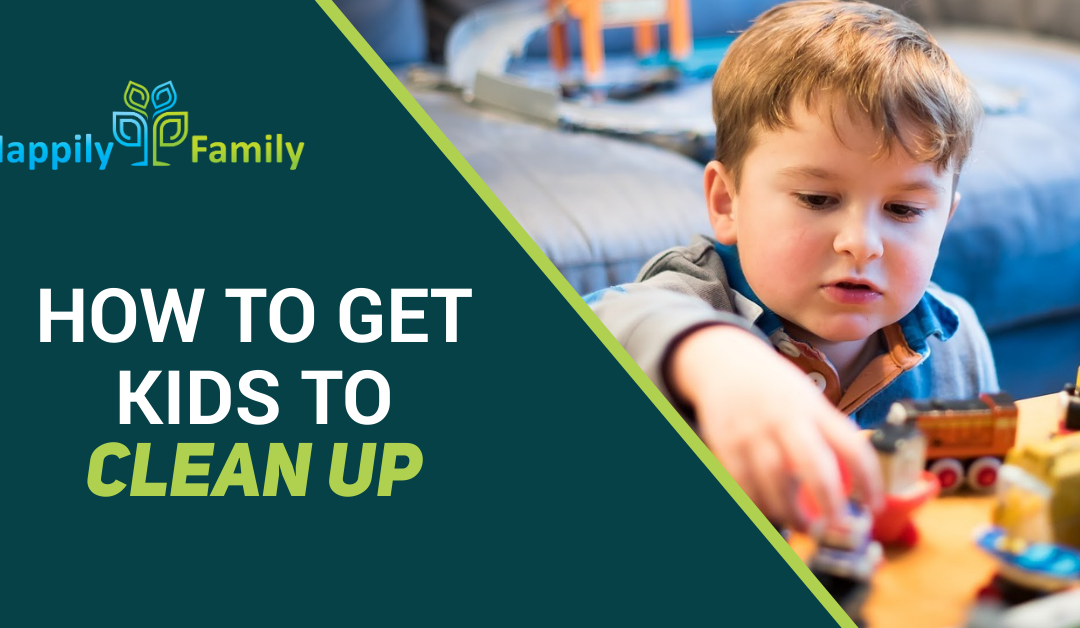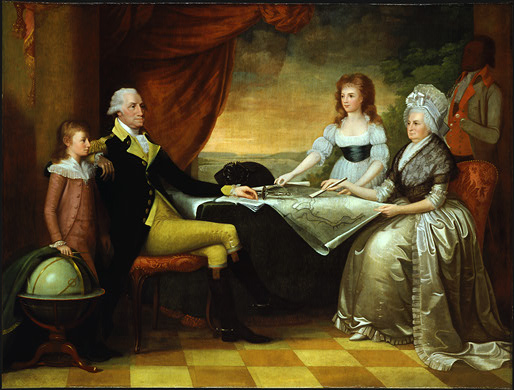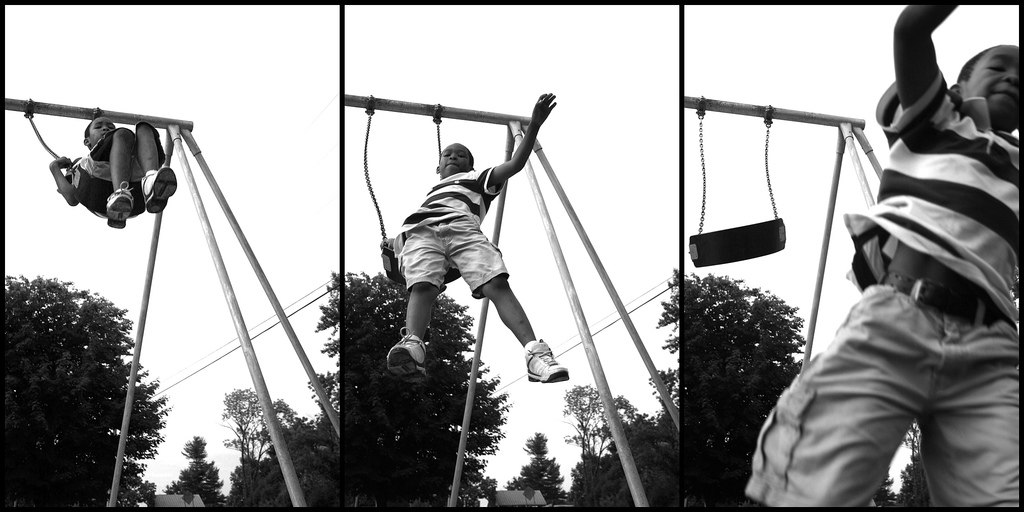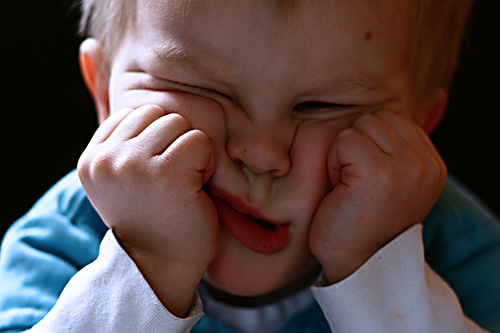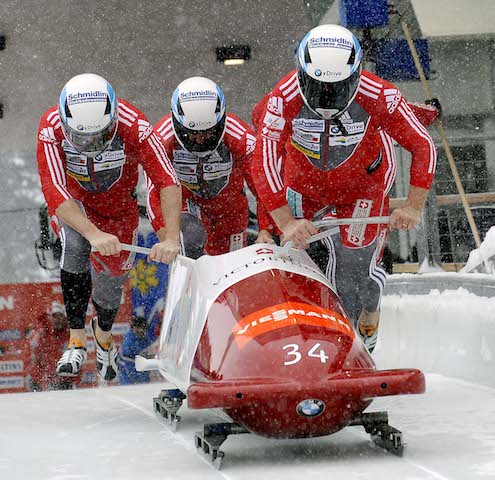We’ve been exploring what to do with challenging behavior on the blog during the past few weeks.
A mom wrote to us asking for ideas to help her daughter clean up her toys.
This is what she said…
“My 10-yo daughter avoids cleaning up her toys. There are usually a lot of them in an already cluttered space. No methods of organization have helped so far. She appears to be ignoring me. Rolls her eyes if I ask her to clean up more than once. She says she wants to play with the toys this same way later or tomorrow, so cleaning them up would mean she'd have to start over again. She has a wonderful imagination and she's super creative. I think she enjoys what she's doing so much she doesn't want it to end. I struggle with cluttered spaces, they make me feel disorganized inside and unable to move on to other things. I can't sit down, there's too much stuff everywhere. I need a clear space.”
Have you ever found yourself trying to inspire a child to clean up after themselves?
For this situation, we’ll build on what we’ve talked about for the past few weeks.
First, we start with the 5 Questions. We’re going to make some educated guesses about what might be happening in this family for this mom.
Note: These are our best guesses about what the mom is thinking and feeling (about herself and her child) in this situation. Perhaps this mom would answer these questions this way…
- What is my child doing?
“My 10-year-old plays with her toys. When I ask her to clean them up she keeps playing or she rolls her eyes and says, ‘I want to play with the toys the same way later today.’” - What do I imagine she is feeling?
“I think she is feeling annoyed, frustrated, confused, and maybe worried.” - What need is she attempting to meet?
“She doesn’t want to stop playing, so by leaving the toys out, she’s trying to create predictability or order, consistency, efficiency, creativity, and fun.” - What are my feelings?
“I feel irritated that my daughter won’t clean up when I tell her to, and frustrated that I can’t sit down without moving things. I feel uncomfortable, distracted, and anxious because there are so many toys in such a small space.” - What needs of mine are not being met?
“I need order and predictability, space to do my things and focus. I need peace and cooperation.”
First of all, I’d like to say to this mom…
It makes sense that you’re bothered by the toys. You’ve tried to help her with more organization strategies. And you want space and order so that you can sit and do your own things.”
So what’s the next step?
Win-Win Solution
What we like to talk about at Happily Family is coming up with win-win solutions, which basically means that you and your child work together to come up with a strategy that meets your needs and theirs too!
Collaborating with your child might seem like a hassle or just plain inefficient, but there are a lot of benefits to this parenting approach, according to the research. Win-win solutions build your child’s problem-solving, relationship, and communication skills, for the short–and long– term.
The first step of a win-win solution is to really understand what is going on for your child, fully listen to them, and give them some empathy (which you can do, even if you disagree with how your child has acted!).
Use Conversation to Fully Understand Your Child
Talking to your daughter “outside the moment” (not while she’s playing, nor at clean-up time) could be the easiest way to connect and hear her perspective.
Here are some possibilities of what you can say:
“I enjoy seeing how creative you are with your toys. It looks like you’re having so much fun. Tell me about how you’re playing with your toys.”
“I’ve noticed that your toys are spreading out more. And you’ve told me that you don’t want to clean them up. What parts of clean-up are hard?”
“Is it that you have so many toys and it’s hard to figure out where to put them?”
“Is it that you’re not done with them and you want to play with them exactly the same way again?”
“Is it that it’s overwhelming to clean everything up?”
“Is it that you don’t want to forget how you’ve arranged everything?”
“Is it that you’re tired, cleaning up is no fun?”“Oh! All those feelings make sense.”
Give Empathy to Your Child (Even if You Don’t Agree)
As you are talking, empathize with your child. You can reflect back and summarize what you’ve heard without agreeing or disagreeing.
If you aren’t sure how to empathize, you can say…
“When I ask you to clean up your toys. You feel frustrated because you want to keep on playing.”
“It can feel overwhelming to try to figure out how to clean everything up all by yourself.”
“You spent so much time getting everything ‘just right’ you don’t want to take it all down yet.”
Brainstorm a Solution to Try for a Period of Time
You and your child can brainstorm solutions that might work for both of you. Give your child the opportunity to contribute to the brainstorming. Be flexible. Be willing to try something new for a short period of time.
Ask yourself, what is the problem at the root of not wanting to clean up? Is it just not fun? Or is it that she’s not done with the toys? Or is it too hard?
Ask what ideas she has.
Suggest strategies and your own ideas that might work for both of you.
You could say:
“What are your ideas for how to solve this problem?”
-OR-
“What could we do so that I have room to sit and do my own things, and you also have room to play?”
Here are strategies you could suggest:
“I could take a photo of how you’ve arranged your toys so that you can remember where everything goes.”
“How about we work together to clean up? We’ll play a clean-up game to make it fun!”
“I’m willing to leave your toys up for [time period], how does that sound?”
“I’m willing for toys to be out as long as [this condition is met, e.g. I have a place to sit OR the toys can get pushed in the corner at the end of the day]. How does that sound?”
“Should we try having just [the trains and blocks] out for this week, to make clean-up easier?”
Whatever strategy you choose, sometimes it’s helpful to write it down or draw it so both of you have a clear understanding of the new idea.
Check In and See How It’s Working
After a period of time–maybe 2-5 days–come back and talk about how this strategy is working (or not working) for you and your child. The solution may or may not work the first time.
Remember, the goal is to be working together.
If needed, brainstorm a different strategy. And try again!
A Final Word About Cleaning Up
You might be wondering, “What about just saying ‘the toys need to be cleaned up’? Why all the negotiation?”
Certainly, it’s okay to set a limit like “I’m not willing for you to leave your toys out in the shared areas of the house.” It’s important to demonstrate healthy boundaries and to set limits with your children.
However, if you jump to setting a limit, then you might be missing out on an opportunity to strengthen your relationships with your child. Also, your daughter might be more cooperative if she has been part of the problem-solving. If she feels understood then she’s more likely to see your perspective and be willing to help you out.
In the short term, you might try various things on your own like minimizing the number of toys out at a time, cleaning up things for your child (while she does another kind of clean-up, like sweeping the floor), or putting tape on the floor to designate how large her play area is.
Ultimately, whether you use the steps outlined above or not, I hope that you’re able to follow your own parenting instincts, strengthen your relationship with your child, and figure out a solution that works for both of you.
If, after reading the blog today, you’re interested in stuff like this WITH me… here’s how you join the Village.
You and I can personally talk in there if you’re struggling to figure out how to talk to your child.

